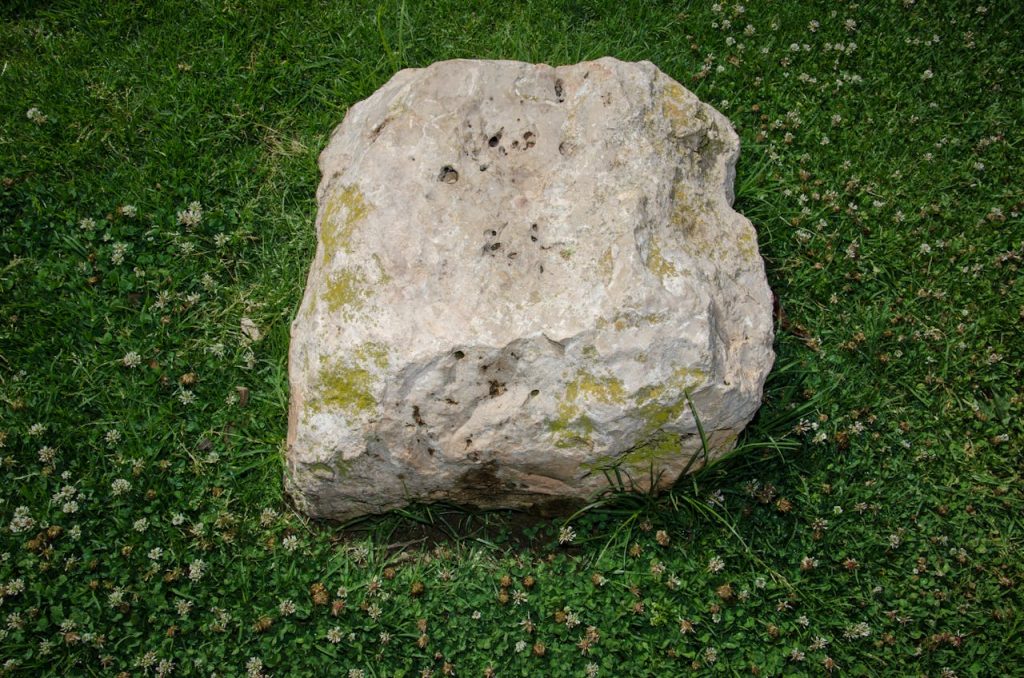When that passage was written, all important buildings were built of stone. It cost a lot to get stone out of the ground and get it to the building site. Each stone, even before the final cutting, represented a sizable investment.
Would builders reject a stone that they had already paid for? If it was too big, it could be chipped, split, or sawn to size. If it was irregular in shape, it could be used as part of the rubble in the foundation or to fill in behind a facade.
This stone was rejected. The builders who’d paid for the stone to be delivered could not find a place to use it, hewn or unhewn, shaped or unshaped.
No matter how they tried, they could not make it fit into their plans. It could not be chipped, split, or sawn into any shape that they could use. It was harder and tougher than any tool they had.
One can imagine the construction supervisor coming to look at it. Then, directing the foremen to “have at it”.
“I can make it fit.” said many who were eager to gain favor by forcing it into shape. No one could work it. Finally, after many masons had tried, and failed, to make it fit into their plans, it was rejected.
They kept on building their own building following their own plans. There was no place for the rejected stone.
The rejected stone, as prophesied, later became a cornerstone. All of we stones (Luke, 3:8. “I tell you that God is able to raise up children of Abraham from these stones.”) who laid ourselves upon it in His building had to conform themselves to it. We who try to stay within the structure of the building try to love our enemies, seek to be kind and gentle, and try to be honest and chaste.
We want to be a part of His building. We want as our very foundation a stone that no man could alter to suit his own purposes.
Hopefully, if others try to force us into being a part of their lesser plans, we will be as firm and unyielding as was The Cornerstone.








